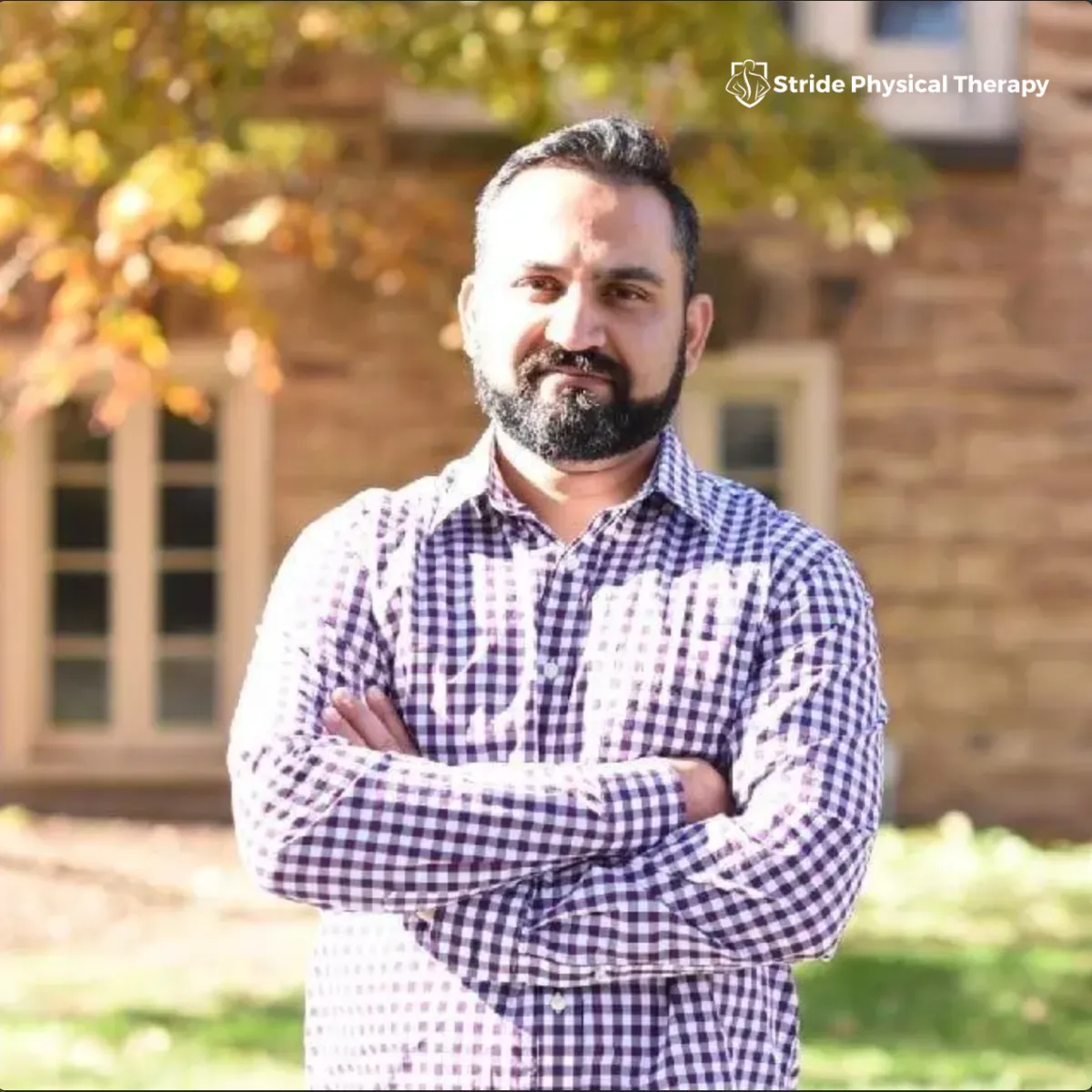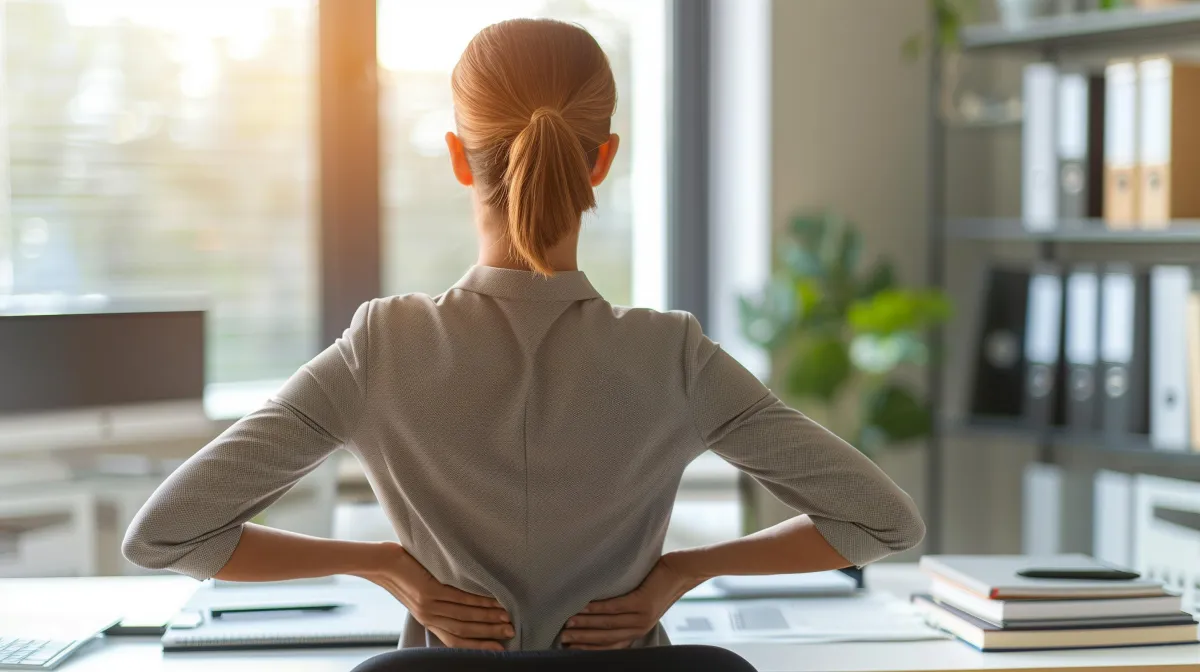The rotator cuff consists of four muscles that stabilize your shoulder joint and aid in lifting and rotating your arm.
A rotator cuff tear happens when the tendons—tough, connecting tissues from muscle to bone—around your upper shoulder bone come loose. This injury can cause pain and make it hard to move your arm, troubling routine tasks like brushing hair, grabbing things from a shelf, or lifting a bag.
Common Causes of Rotator Cuff Tears
Frequent overhead movements and certain jobs, like painting, increase the risk of rotator cuff injuries. These tears can develop from ongoing strain or sudden actions. For instance, if you switch to tennis after winter without adequate preparation, you might tear your rotator cuff. Overlifting, excessive arm use during activities like moving, or injuries from a fall or shoulder dislocation are also typical reasons for these tears.
Symptoms of a Rotator Cuff Tear
Experience a constant, dull shoulder pain that intensifies when you lay down.
Feel discomfort from the shoulder to the upper arm.
Notice a pop or crack when moving your arm.

Quick Links
FAQs
Experience shoulder pain during overhead lifts or throws, or even at rest.
Noticeable arm weakness.
Sensation of your shoulder being stuck.
Best Treatment for Rotator Cuff Tears
At Stride Physical Therapy, your shoulder specialist will inquire about your pain's history—its onset, whether it was injury-induced or slow-developing, and what eases or intensifies it.
Your visit will start with a physical exam where your Freehold, NJ shoulder specialist will check for pain points by pressing on your shoulder and moving your arm in different positions. They'll also measure how far and easily you can move your arm on your own. An X-ray might be done to see if there are other causes of pain like arthritis or bone issues, although it won't show torn rotator cuff tendons. An ultrasound, which uses sound waves, may be used for a quick and detailed view of your shoulder, helping to direct treatment injections if needed. Finally, to get the clearest picture of your rotator cuff tendons and to check for tears, your doctor will probably request an MRI.
If you have a rotator cuff tear, your Freehol, NJ specialist will likely suggest trying non-surgical options first. This includes resting the shoulder and doing physical therapy to build up nearby muscles. They'll usually not recommend a sling, to prevent a condition called frozen shoulder. Taking anti-inflammatory drugs or getting corticosteroid shots can also ease inflammation and lessen shoulder pain, making movement easier.
Surgical Solutions
If your shoulder pain persists despite non-surgical treatments, consider surgery. This minor procedure uses an arthroscope to examine the rotator cuff for tears. While deeper and complete tears are repaired surgically, shallower ones might just be cleaned. To mend the tear, sutures and anchors reattach the tendon to the upper arm bone, encouraging healing. Post-surgery, you'll wear a sling for 4 to 6 weeks to immobilize the shoulder and protect the repair. Physical therapy follows to restore mobility and strength to the shoulder.
MEET YOUR RECOVERY TEAM

Kanwal Bhardwaj
PT, M.Sc.PT, CIMT, CMNT
Meet Kanwal Bhardwaj, PT, M.Sc.PT, CIMT, CMNT, the driving force behind Stride Physical Therapy in Freehold, NJ. With over 20 years of dedicated experience in the field, Kanwal brings a wealth of expertise and a passion for holistic healing to his practice. Kanwal's journey began with a Master of Science in Orthopedic Physical Therapy from Quinnipiac University in 2004. Over the years, he honed his skills and gained invaluable insights during 18 years of service in outpatient physical therapy offices. In 2014, fueled by a desire to deepen his understanding of patient care, he pursued a manual therapy certification (CIMT). This transformative experience allowed him to adopt a whole-body perspective, focusing on treating the root cause rather than just the symptoms...
At Stride Physical Therapy, we're dedicated to transforming lives. With a focus on the root cause of your condition, we're here to help you regain mobility and embrace an active lifestyle. What sets us apart? Our genuine passion for what we do. Let's stride towards a brighter tomorrow together.
Elevate Your Health with Our All-Inclusive Wellness Services!
Take one step closer to a pain-free life with Stride Physical Therapy! Discover medication and surgery-free solutions with our sessions.
Health Blog

Is a Herniated Disc Causing Your Back Pain?
Struggling with Persistent Back Pain? It Could Be a Herniated Disc
If you're dealing with unusual back or neck pain, or even numbness in your limbs, it could be due to a herniated disc. These issues can cause a range of confusing symptoms, but you don’t have to face them alone!
Our physical therapists at Stride Physical Therapy are here to help you understand herniated discs, their symptoms, and how we can help relieve your pain through targeted treatment.
Understanding Herniated Discs
A herniated disc, also known as a "slipped" or "ruptured" disc, occurs when a spinal disc’s outer layer weakens and allows the inner fluid to push outward. Discs act as cushions between the vertebrae, absorbing shock to keep the spine stable. But over time, wear and tear or sudden injuries can cause these discs to bulge or tear, leading to a herniation. Common causes include aging, accidents, or even heavy lifting.
Recognizing the Symptoms of a Herniated Disc
Not all herniated discs cause pain, but if they press on nearby nerves, you might experience:
Pain that increases with movement, like standing up or sitting down
Tingling or numbness in the arms or legs
Discomfort in the lower back, especially after bending or twisting
Neck pain (if the affected disc is in the cervical area)
Symptoms following an accident or physical stress, like lifting a heavy object
If you find that heat, cold, or massage brings relief, it could be a strain rather than a disc issue. For accurate diagnosis, imaging such as an X-ray is often the best approach, as it can reveal whether a disc is pressing on a nerve.
Treatment Options
Physical therapy offers effective relief and can help you regain strength and mobility without invasive measures. Our therapists will begin with a full assessment, pinpointing the exact cause of your pain to create a personalized recovery plan. Your treatment may include:
Manual therapy to relieve muscle tension
Ice and heat therapies for pain management
Traction to gently relieve pressure on spinal discs
Advanced techniques like Class IV laser therapy or TENS for targeted relief
Education on posture and safe lifting to prevent future injuries
Our goal is to help you heal naturally, minimizing the need for medications or surgery. Physical therapy is a holistic approach designed to reduce pain, improve function, and support your body’s healing process.
Ready to Feel Better?
A herniated disc can be painful, but recovery is within reach. Many people find lasting relief through physical therapy, even avoiding surgery. We’re here to strengthen your back or neck, support your recovery, and help you avoid future injury.
Get in touch with Stride Physical Therapy today to learn how we can help relieve your back pain and get you back to doing the things you love.


